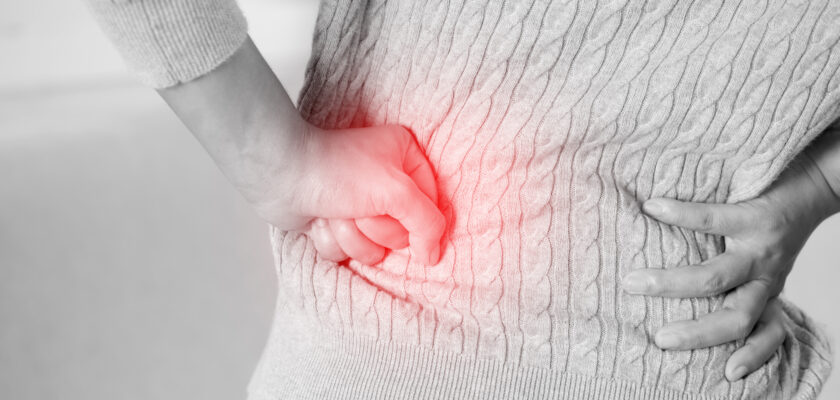Sleep apnea is a severe condition in which a person’s breathing is interrupted while asleep. This means that when it happens, the body and brain lack oxygen. Untreated sleep apnea can affect everyday activities, such as driving and academic and work performances. It can also lead to severe problems like strokes and intense headaches. A number of serious conditions also cause sleep apnea. Let’s take a look at what they are.
Illnesses that are related to sleep apnea include
High blood pressure
Most people with high blood pressure also suffer from sleep apnea. Being unable to control blood pressure puts one at a higher risk of developing Obstructive Sleep Apnea (OSA). The two are quite a dangerous combination, and it is often linked to conditions like a stroke.
Type 2 diabetes
People suffering from type-2 diabetes experience instability in their blood sugar levels. This can cause insomnia and other sleeping problems. Additionally, sleep apnea can increase the blood sugar levels in the body due to stress caused by sleep deprivation.
Parkinson’s disease
Sleep apnea is prevalent in those with Parkinson’s disease. It is the most common problem faced by those with PD, constituting 40% of the people. Usually, reduced dopamine levels in the body cause a change in people’s sleeping habits.
Polycystic ovary syndrome
Women suffering from polycystic ovary syndrome (PCOS) tend to also suffer from other conditions such as diabetes and heart disease. In addition to that, sleep apnea is prevalent, too. Low estrogen levels or high androgen levels in PCOS usually play a hand in causing sleep apnea. Speaking to a doctor about this will help evaluate the condition.
Hormonal disorders
Certain endocrine and metabolic disorders cause sleep apnea. A rare type of cancer called Acromegaly may also increase hormone production, leading to OSA. Therefore, one must get checked for the possibility of OSA. Early diagnosis and cure of these conditions also help cure the condition.
Obesity
Over 50% of the people who deal with obesity also suffer from sleep apnea. Excess weight is one of the biggest contributors to it, and it usually happens to people whose BMI is above 25. However, after the age of 60, the effect of BMI on sleep apnea is less prevalent. Nevertheless, losing weight can completely cure sleep apnea.
Asthma
People who struggle with asthma are at a much higher risk of developing OSA. Studies show that up to 40% of the people already dealing with asthma are affected by OSA. What’s worse is that if a person has asthma for a long time, it increases their risk of developing OSA.
Common symptoms of Obstructive Sleep Apnea
- Daytime sleepiness
- Trouble sleeping at night
- Very loud snoring
- Irritability
- Difficulty breathing
- Waking up often










